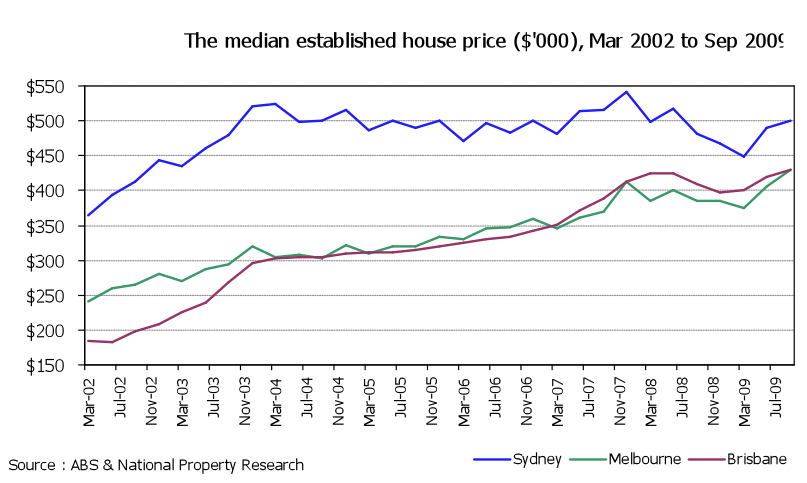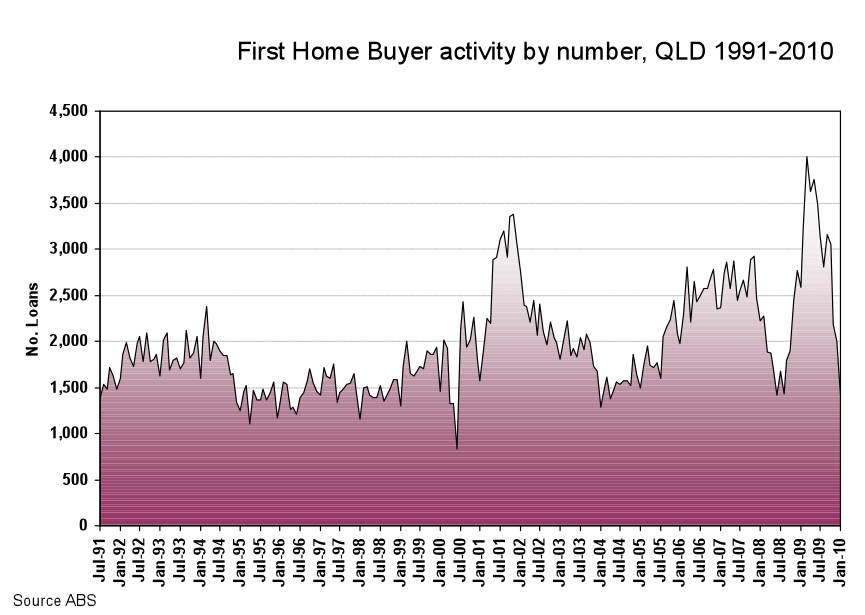In March, we undertook a study tour of Dubai and Abu Dhabi to see just what had happened to one of the world’s fastest developing cities (Dubai) given its exposure to the GFC and what Abu Dhabi looked like by comparison. In many respects, the similarities of the Gold Coast and Brisbane spring to mind when the Gold Coast fell in a hole in the eighties. Whilst international investment drove development, the result was the same when it left abruptly. Values fell and those left holding the parcel took a long time to regain their lost financial ground, assuming they hadn’t sold it in the time in between. Dubai now sits on this precipice.
Where some significant contrasts between Australia’s capital cities and Dubai exist is that there is no latent oversupply. However one needs to understand the basic socio-economic structure of Dubai to understand how the position of oversupply has been exacerbated through rapid population loss.
Essentially there are four strata to the population. The first is the Royalty who generally exist and operate on a totally different level. Having said that, it was welcoming to hear that the planning and sustainability solutions in Abu Dhabi are also being adhered to by those Royalty who are continuing to develop. This sets a tremendous example to the rest of the population.
The second strata are essentially the locals who are citizens of the United Arab Emirates (UAE) who generally hold down the more prestigious roles and certainly account for the vast majority of government jobs. The third level are the professionals who have come from all over the world to offer their expertise and it feels like in many instances, have their dreams become a reality. Quite simply some of the work and projects that have been undertaken and completed are awe-inspiring.
Finally there is the fourth strata which represents most of the third world countries and these are people that are working as maids, servants, taxi drivers and often on large construction and infrastructure projects. Talking with professionals in both Dubai and Abu Dhabi, quality control is often more difficult as a result.
Getting back to the issue of oversupply, when the market crashed as a result of the GFC, many expats were released from their contracts and sent packing. The unemployment in this strata was alleged to have been around 40% with cuts still being undertaken. This was a significant proportion of both living and office accommodation users that left very quickly. However despite this, most people on the ground feel remarkably buoyant for a market that is allegedly so very broken.
Part of this reason is because the issue of Dubai is not looked at in isolation. It forms part of a bigger picture where comments often stated that Damascus or Cairo or another region was up 30% or more. Dubai was regarded as an inconvenience that would rectify itself in time. There was not the panic that one would expect from so many buildings that were incomplete or those that were looking for tenants. There was simply an understanding that things got out of control, values corrected and projects would resume in time. This also applied to contracts that were not paid in full with many renegotiated after the completion of projects. Dubai is unlikely to provide the massive personal incomes it once did, again another correction that occurred.
So whilst there is no denying that Dubai is in a development and financial hiatus at present, Abu Dhabi remains in a strong economic position, much like the Brisbane Gold Coast scenario related to earlier. However when Dubai does recover, the legacy will be in some of the most outstanding architecture that has been developed in recent times. Their capacity to deliver their dreams is outstanding. The point being that many of these buildings will be around for the next fifty years which will mean that the urban landscape will be an interesting place to be a part of. Their lack of conservative nature with regard to architecture has meant that iconic buildings and shopping centres are in many respects world leading. Who would have thought to put a fully enclosed ski slope in a shopping centre in what is essentially a desert. The result is that this retail centre will see around 30-35 million people pass through its doors annually. So perhaps the cost does justify the means.
In our February newsletter we concluded with the thoughts that Australia needs to dare to dream again and “wow” consumers. With many of our own iconic buildings now being shelved as a result of the recent economic turmoil, we would urge financiers to assist in the process of making Australian cities more interesting. Quite clearly we have the talent being developed because much of it is being exported overseas. It is about time the Sydney Opera House had company on the world stage as an iconic building.
At the risk of being seen as unpatriotic, Australia is in jeopardy of becoming too conservative and boring. Councils need to start considering what sites should be labelled as potentially suitable for leading design and innovation. When the few remaining riverfront sites in our cities repeat the typical glass and concrete design, we add little to the life experience and do nothing to further the desire of increasing densities. Cities should be interesting places to live in, and design needs to play a larger part.
Population Perspective…
Let me jump on the band wagon like everyone else and be thankful that we now have had a population summit, the appointment of a population minister and for all intents and purposes what appears to be another level of bureaucracy in the making. Can I please draw everyone’s attention to some relevant facts, according to the World Atlas, Tokyo in Japan has a population of over 28 million people. Last count, Australia had a population of 22 million people. Our whole country’s population would fit into Tokyo and have room to spare. Of the top 100 cities in the world as judged by population, Sydney sits at 73 and Melbourne 91. No other Australian city makes the cut. Let’s not kid ourselves that we are doomed because of population growth because every city in Australia has room to expand if planning policy allows it.
Australia’s population grew by 451,900 people last year, of which net overseas migration makes up approximately 66%. Firstly, I am not convinced we have a population problem, that is sheer nonsense. Secondly, population growth is generally regarded as good for our economy, particularly as it slows the ageing of the population, introduces new skills and makes for interesting personal experiences. The real issue is not population growth, but poor planning at most levels and the inability for infrastructure to have been provided ahead of time. The demographics and population movements are largely predictable with government agencies have become quite adept at conveying this information. The simple reality is that these people have been ignored for too long and now it is coming home to roost.
Instead of a Minister for Population, perhaps the various Ministers for Infrastructure and Regional Planning need to be held more accountable. Quite clearly this population growth did not happen overnight and shouldn’t go away overnight. To consider reducing immigration as suggested by some is both short sighted and clearly outside of Australia’s best interests. Hopefully out of all of the talk-fests that typically yield little, some common sense about how we live, where we live and the lifestyle choices for the future will tick all of the boxes not just the aspirational ones.



